15 Air Purifying Plants You Need In Your Home
Disclosure: This post contains affiliate links, which means I may receive a small commission, at no cost to you, if you make a purchase through a link.
Efficient and well-insulated homes serve many useful purposes, but they often also end up doing a pretty good job of trapping indoor air pollutants! We are talking here chemicals such as formaldehyde, trichloroethylene, benzene, xylene, etc.—toxins that are commonly found in most household items and personal care products. And this, in turn, makes us vulnerable to a number of mild to serious conditions such as frequent headaches, asthma, allergies, difficulty in digestion and more.
However, there is an easy solution at hand and one that is hundred percent natural, healthy and inexpensive— air purifying plants. There is a huge variety of home plants that you can place indoors and that do an excellent job of filtering out harmful airborne particles and releasing fresh oxygen in the air.
In fact, NASA has already published a study on this subject (the Clean Air Study) with different plants being assigned individual scores based on how good they are in purifying indoor air. Below is a list of 15 such air purifying plants which are great at cleansing your indoors air at the same time as they add a nice touch to your décor in your living room, kitchen, or bedroom. In fact, I have many of these air purifying plants in my bedroom, living room and kitchen are also hard to kill and very effective in resisting insect infestation.
1. Spider Plant (Chlorophytum Comosum “Vittatum”)
Spider plant is one of the easiest plants to grow and it grows very quickly and in a wide variety of conditions. A bi-weekly watering will suffice for its growth and it is able to thrive even in very low temperatures. This is why we feel this plant is ideal for beginners. Natural light is essential for the growth of spider plant, however make sure it is not exposed to direct sunlight.
The spider plant does a pretty good job of clearing the indoor air of pollutants like xylene and formaldehyde (a chemical frequently found in cleansing and personal care products) and removing air-borne mold. Experts also recommend that it is best to place your spider plant pot inside your kitchen and near the fireplace since the plant is good at clearing any carbon monoxide build up.
Find it at: Etsy
2. Peace Lily (Spathiphyllum sp)
Peace Lily comes with a NASA air purification score of 7.5, which is enough to tell you that it is one of the top plants for fighting indoor air pollutants. In addition, this is another plant which is very easy to grow. Keep it in shade and water the plant weekly and this is all it will need to thrive and produce blooms.
The plant does an excellent job of clearing the indoor air of the three most common Volatile Organic Compounds (VOCs)—benzene, formaldehyde and trichloroethylene. It is also good at cleansing the air of acetone, a common carcinogen normally found in paint, nail polish, etc. However, the proximity to the plant may be a little harmful to your pets, so make sure to keep them away from it.
Find it at: Amazon or Proflowers
3. Snake Plant (Sansevieria trifasciata)
This plant is instantly recognizable by its sharp, pointy leaves, hence the name (funnily enough, it’s also called Mother-in-law’s Tongue!). The plant is easy to care for and although it may not be one of the top air-purifying plants, it is still good at filtering out formaldehyde and decreasing mold spores in the air. More importantly, as we’ll later see in the case of Aloe Vera, the plant, instead of absorbing, actually releases oxygen in the nighttime. Which is why it is a good idea to place the plant somewhere in your bedroom.
Find it at: The Sill
4. Dracaena (Dracaena spp.)
Among all the different plants in the Dracaenas family, Dracaena Deremensis (Janet Craig), or Warneck Dracaena, as it is commonly called, is best in removing trichloroethylene that comes from varnishes and solvents. As such, it is a great idea to put this plant indoors in newly painted homes or office spaces. With long striped leaves growing out of a small stem, the plant is also quite attractive looking and can grow up to 12 feet tall. However, if you prefer, you can keep it shorter by pruning the leaves.
The plant needs little sunlight and moderate water to thrive. The edges as well as the inside streaks of this particular species of Dracaena leaves have a whitish hue. If, however, the edges or the stripes start to get brown, this may be due to an excess of fluoride in the water you are using for the plant. In such a case, you may consider bottled H2O for watering the plant.
And while we are at Dracaena family plants, we may just as well mention the Dracaena Marginata. The plant looks quite similar to that of Warneck Dracaena, however it can be distinguished by its purple-red edges around the leaves. This plant is good at eliminating formaldehyde, xylene and trichloroethylene.
Find it at: Amazon
5. Boston Fern (Nephrolepsis exaltata v. Bostoniensis)
Ferns normally pose some difficulty for the owner when it comes to take caring of them. However, Boston Fern is quite tolerant in that regard. You need to keep it in a cool, partly shady place with indirect sunlight reaching the plant and it will thrive quite nicely. However, all ferns require moist conditions, so make sure to check that the soil is moist all the time.
Boston ferns work great as a natural air humidifier, besides being one of the top plants in removing formaldehyde effectively off indoor air. The plant, with its attractive feather ferns spanning as large as 4-5 feet, comes with a NASA air purification score of 7.5.
Find it at: Amazon
6. Ficus/Weeping Fig (Ficus Benjamina)
At 7.7, the Weeping Fig comes with an even higher air purification score and is great at removing chemicals like toluene, xylene and formaldehyde. Like most figs, this plant thrives in direct sunlight, so choose a nice sunny spot for it in your home. However, any kind of overt light-level fluctuations could be bad for the plant’s health, so keep that in mind when choosing a place for it. Also, the plant is toxic to pets, so keep it out of their reach.
Find it at: Etsy
7. Bamboo Palm (Chamaedorea seifritzii)
Bamboo Palm is right at top when it comes to purifying indoor air off different pollutants. It has an air purification score of 8.4 (only Lady Palm and Areca Palm—both at 8.5—come with higher scores) and is one of the best air filters for xylene, formaldehyde, trichloroethylene and benzene. What is more, the plant also works great as an air humidifier, transpiring as much as a litre of water per day.
And unlike most other species of palms, Bamboo Palm plants grow in shady, low-light conditions and this makes them an ideal choice for keeping indoors. The plants are also good at resisting pest infestation.
Find it at: Plantz
8. Areca Palm (Chrysalidocarpus Lutescens)
Areca palm, with its long, large and beautiful feather-shaped fronds, is ideal for bigger rooms as well as outdoor spaces such as atrium or screened patios. And as we have already mentioned, it ranks right at top as an indoor air-purifier plant and cleanses all tested indoor air toxic elements. The plants are easy to care for and with their outward-arching large feathery fronds growing out of multiple reed-like stems, they give a nice tropical feel to any indoor space.
Find it at: The Home Depot or Etsy
9. Rubber Plant (Ficus Robusta)
Another excellent air purifier, rubber plant is also famous for its toughness and can withstand extremely low temperatures. The plant comes with a high air purification score of 8.0 and will remove most indoor air pollutants, although it is especially effective in eliminating formaldehyde. The rubber plant thrives in low light and in proper conditions, will grow as high as 8-10 feet. As a high toxin-absorbant, the plant can be harmful to cats and dogs, so make sure to keep your pets away from it.
10. English Ivy (Hedera Helix)
This ivy plant is found to be especially helpful in reducing airborne fecal-matter particles. It’s also been proven to remove air-borne mold and formaldehyde in the air. It is also good at soaking up carcinogens from small areas, so it’s an ideal choice for a family with smokers. The plant grows easily and quickly in direct sunlight and requires little maintenance, however you must see to it that the soil stays moist for most of the time. Also, in view of the invasive nature of its growth, it is wise to choose a relatively large pot for this plant and to not keep it too near any other plant.
11. Dwarf Date Palm (Phoenix Roebelenii)
Another palm which comes with a high air purification score (7.8) and is good at removing most airborne toxins, though especially effective in cleansing the air of xylene, a chemical found in most paint thinner and solvents. The plant also works well as a natural air humidifier and is easy to maintain. It normally thrives in direct sunlight (although the growth rate is somewhat slow), but it will be alright even if you place it in low light areas. And just like bamboo palms, this adorable-looking mini date palm tree will give a real tropical feel to your room.
Find it at: Etsy
12. Aloe Vera (A. Barbadensis)
According to NASA ratings, Aloe Vera may not hold the top ranks when it comes to purifying indoor air, but all the same the plant does a good job of clearing the indoor air of chemicals like benzene and formaldehyde. But the plant is known to come with a range of other benefits as well which is why we mention it in this list.
Aloe Vera leaves, for instance, secrete the aloe gel which is believed to have anti-inflammatory and antibacterial properties and has been used for many centuries to treat conditions like burns, scrapes and other wounds. Recent researches reveal evidence that the gel can be useful to treat difficult skin conditions such as psoriasis. Aloe is normally used topically, but if one prefers, one can also use it internally by way of making smoothies from aloe leaves.
All in all, Aloe Vera is a handy plant to keep indoors, maybe at your kitchen. Just keep it in mind that the plant requires proper drainage to thrive, so make sure there is never any standing water in your aloe pot.
13. Gerbera Daisy (Gerbera Jamesonii)

This daisy plant is extremely effective in filtering out pollutants like benzene and trichloroethylene. Like all daisies, Gerberas thrive in direct sunlight and require well-drained soil. So make sure to place this plant in a bright, sunny place and choose a pot with multiple holes for good drainage.
The plants come with large green leaves and multi-colored blooms with satiny petals, all of which makes them an excellent choice for keeping in your living room, bedroom, kitchen, bathroom—just about any place you like, as long as it gets enough sunlight throughout the day (We suggest windowsills as the best place for your daisy pots.). You may also consider using a water-soluble mild fertilizer every two weeks on this plant, especially when the flowers are in bloom.
14. Chrysanthemum (Chrysantheium morifolium)
Another native to warm climates, Chrysanthemums, just like gerberas, make an excellent choice for an indoor plant that serves the double function of purifying your indoors as well as beautifying the space. As they are often referred to, the ‘mums’ do a pretty neat job of clearing the indoor air of benzene and the plants are also known to be used for flavoring and medicinal purposes.
Good drainage and direct sunlight are essential for growth, so choose a sunny or brightly-lit position for your mums. Also, since you will be planting indoors, make sure to choose a floral chrysanthemum and not a garden variety.
Find it at: The Flower Factory or Etsy
15. Chinese Evergreen (Aglaonema sp.)
Chinese Evergreen is one of the easiest air purifying plants to grow in your house and is also very good at removing a variety of indoor air toxins including mold spores. This tropical plant normally prefers humid air, but will tolerate and grow well pretty much in all conditions. However, occasional misting is a good idea if the plants are kept in too dry an air.
They thrive pretty well in low light areas too, so you needn’t bother about where you place the pot. The gray, silver and glossy green leaves of the plant with their streaks, spots and stripes also add a nice touch to any décor.
Shop Plant Accessories
Declutter Your Space Binder Kit
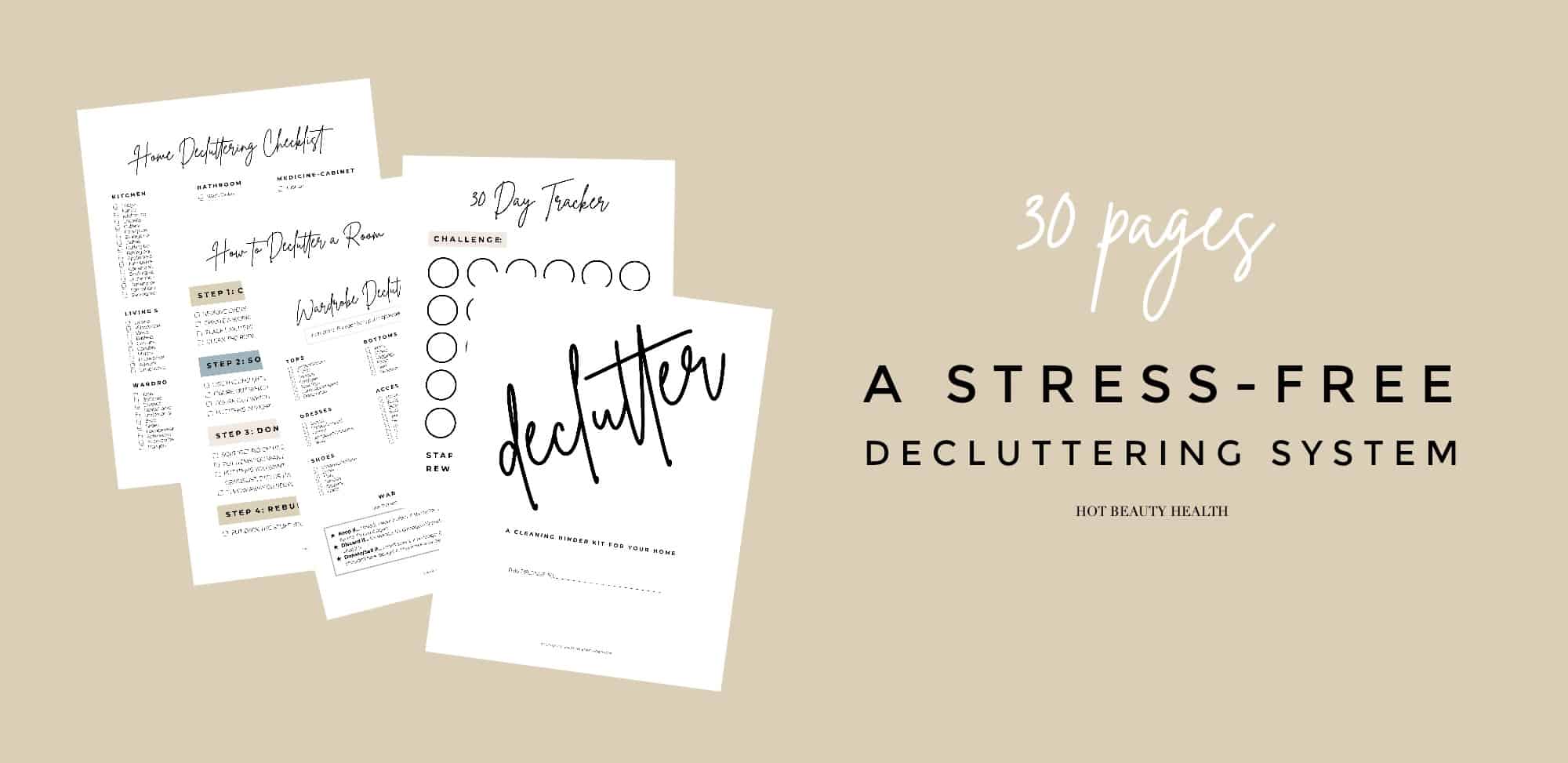
Decluttering is a great start to getting organized. But what about other areas in your life like your home? Taking the leap to declutter your home can be intimidating which is why so many people avoid it. To simplify the process, I created the Declutter Your Space Binder Kit! This 32 page printable pack will help organize the chaos in your life.
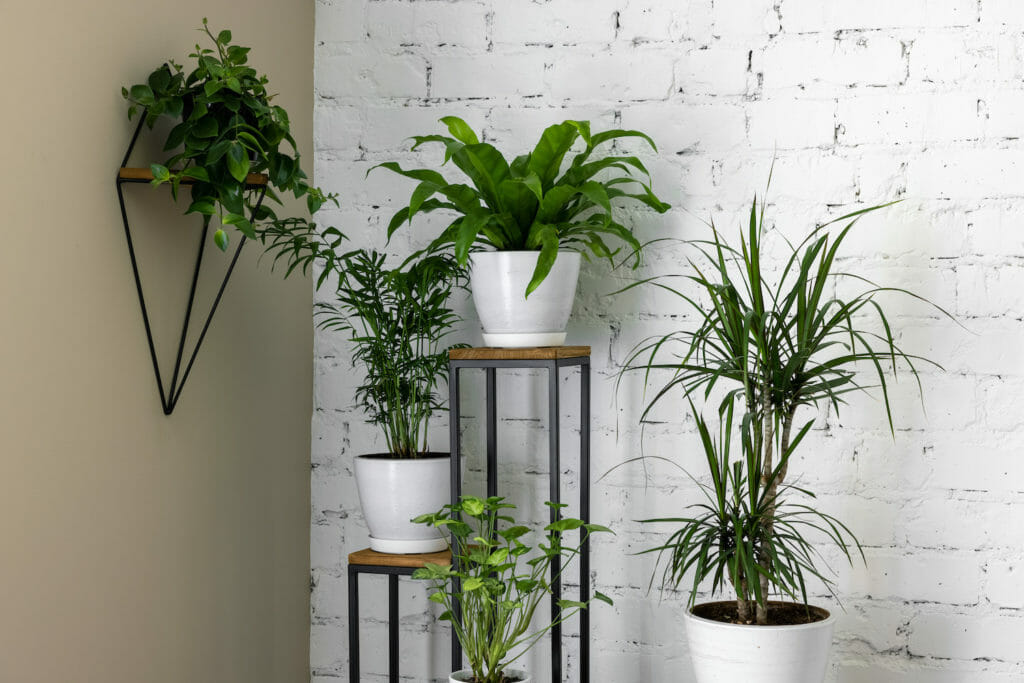
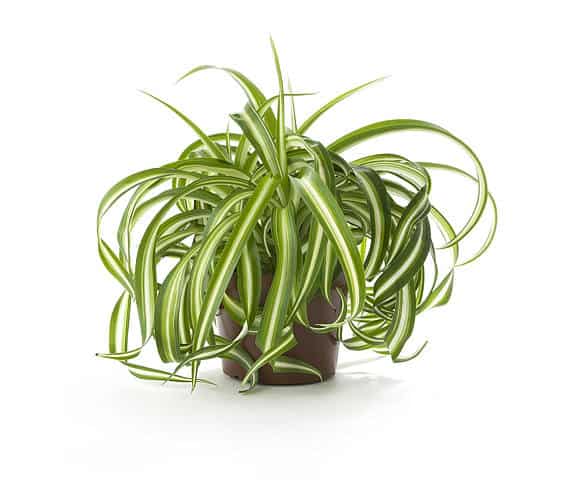
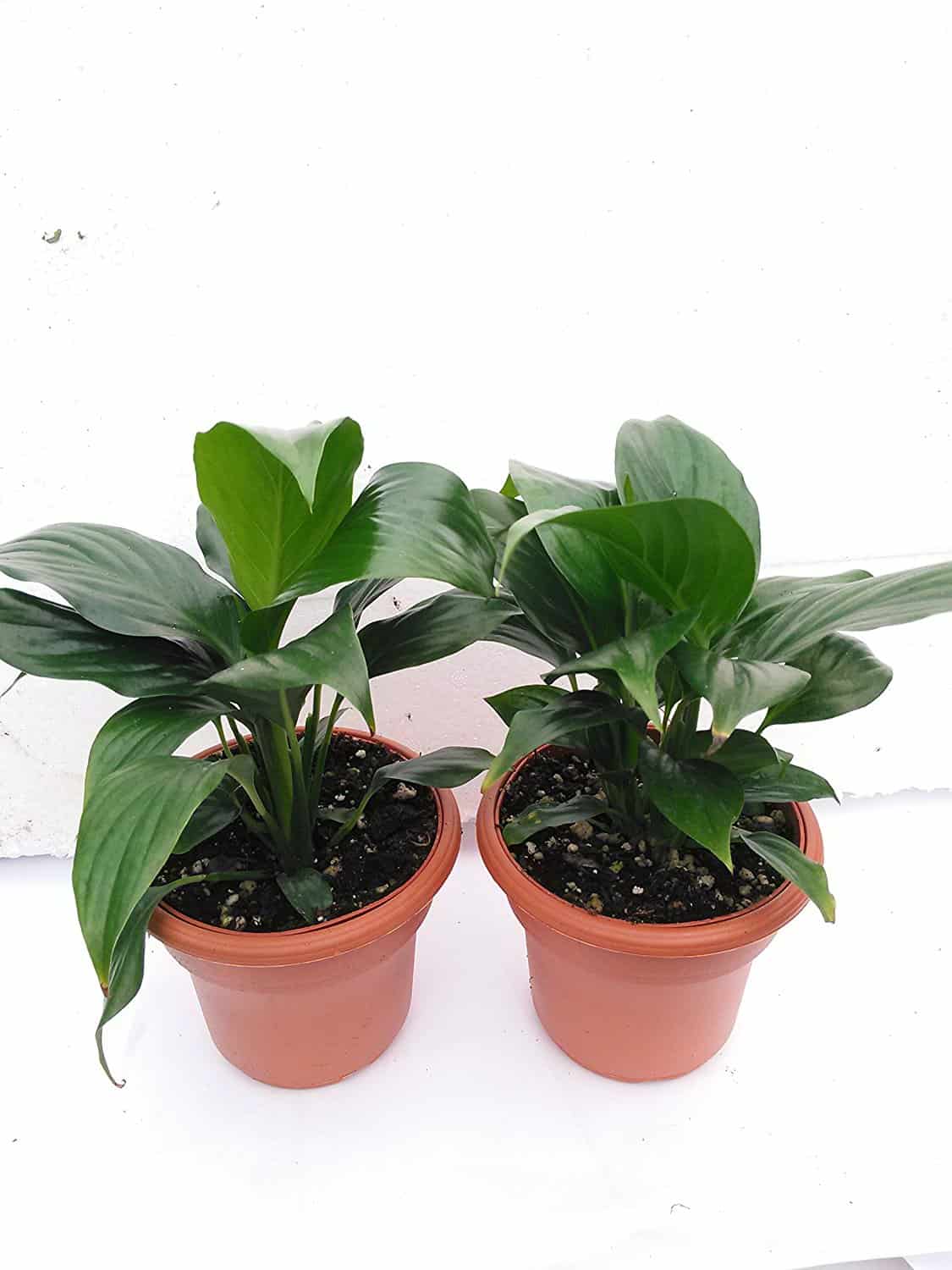
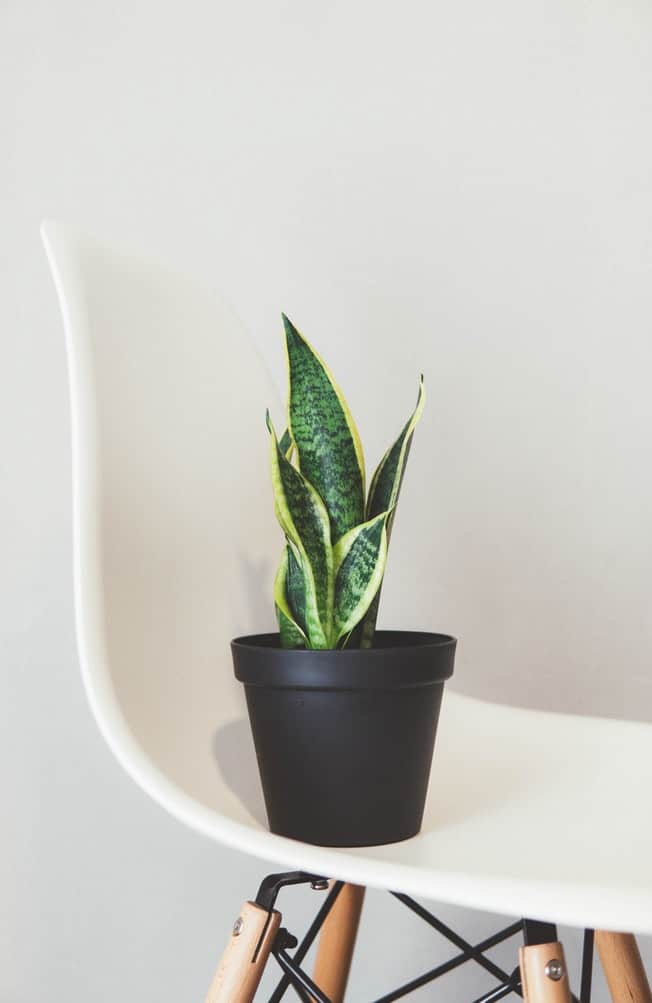
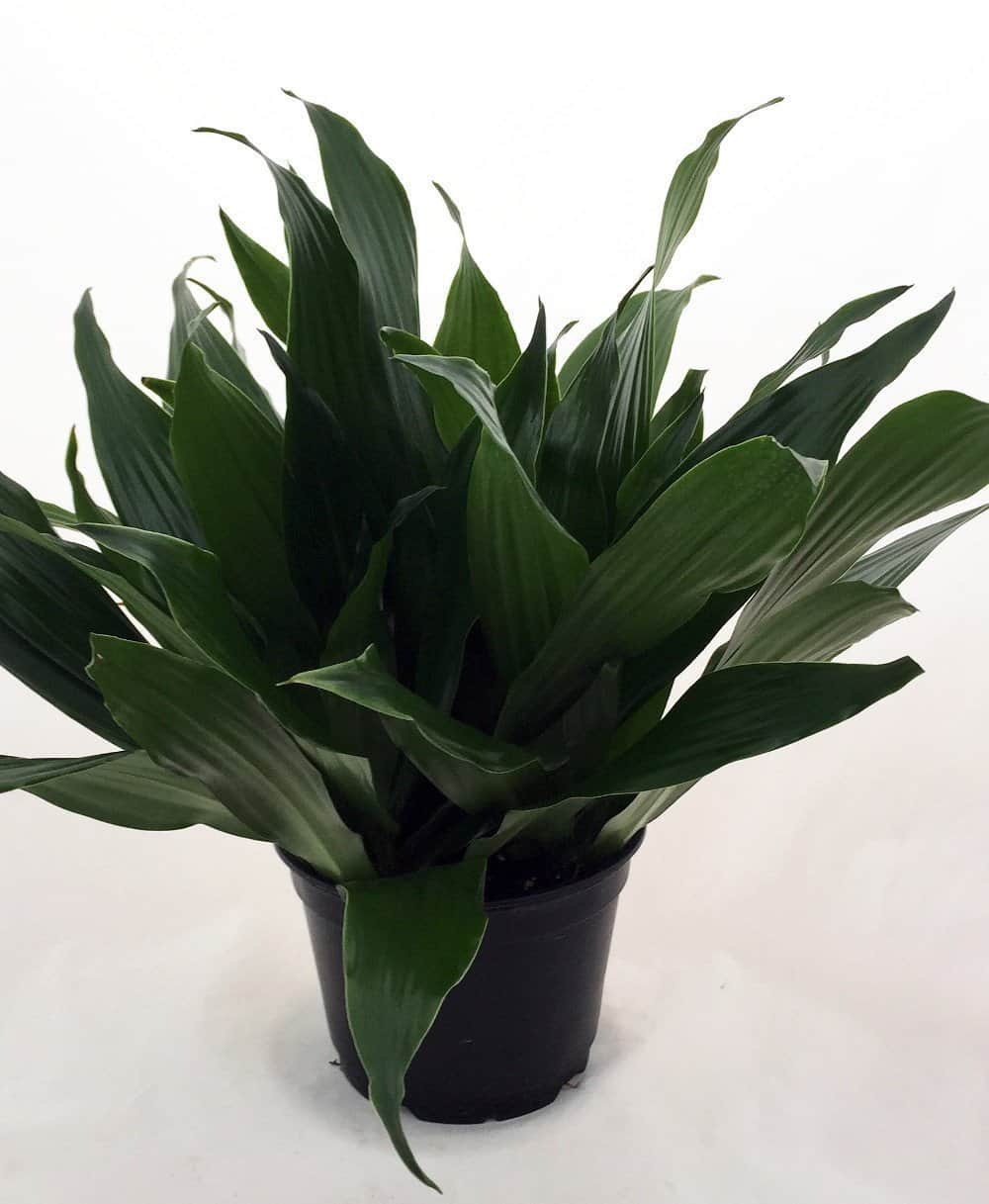
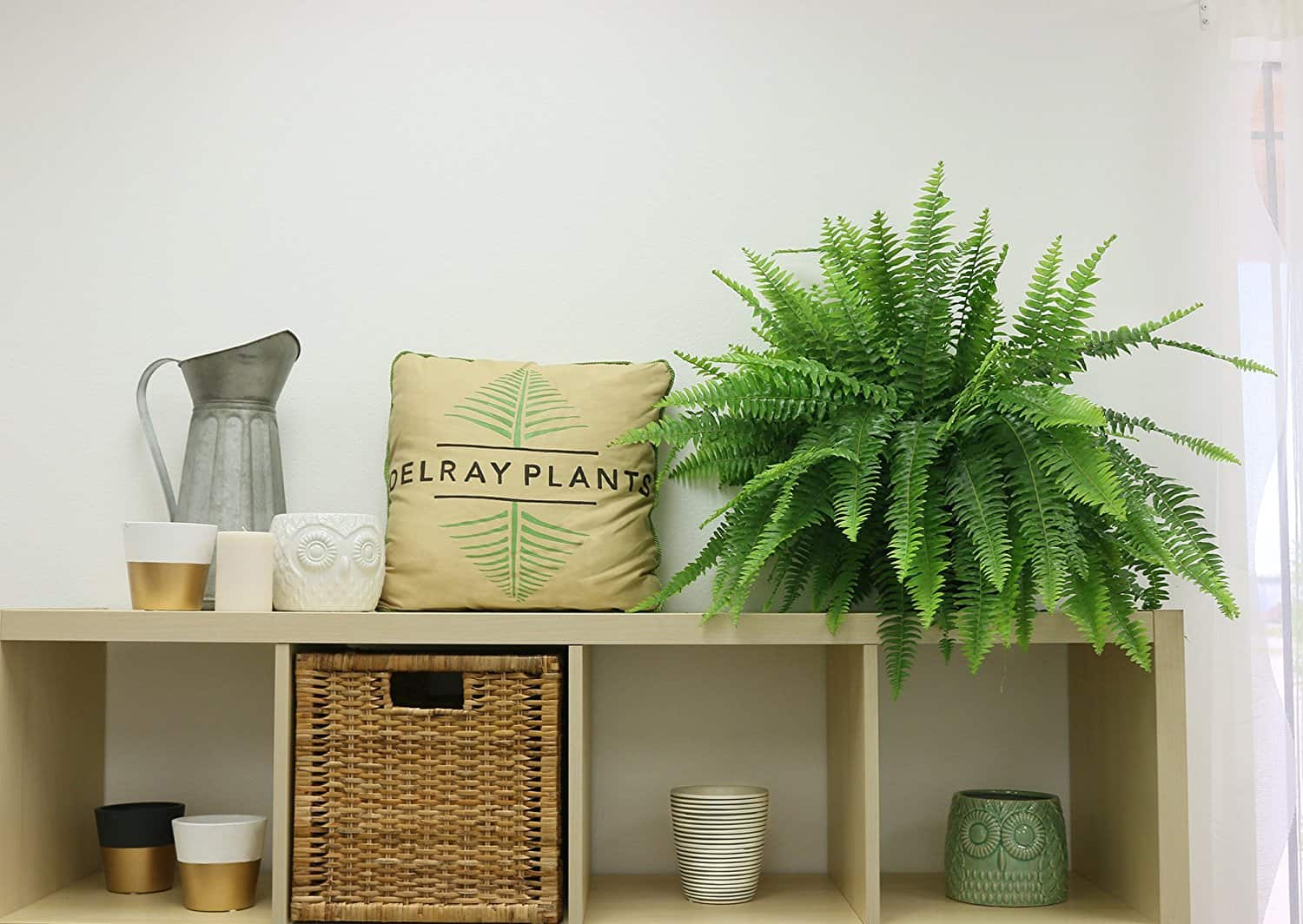
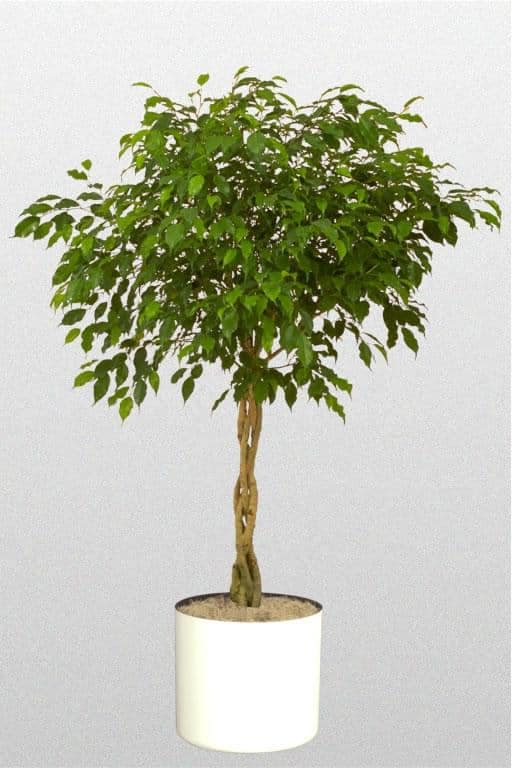
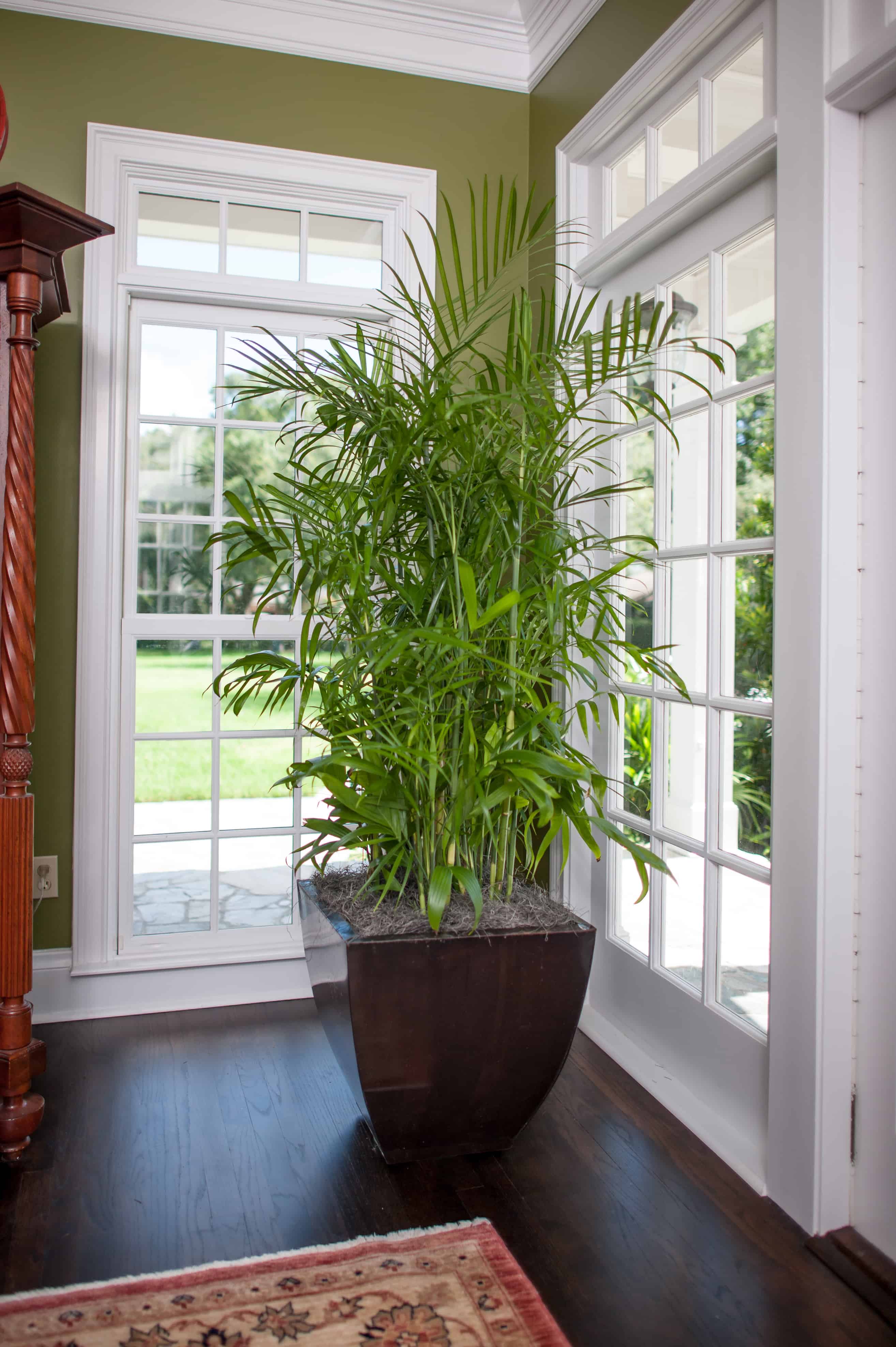
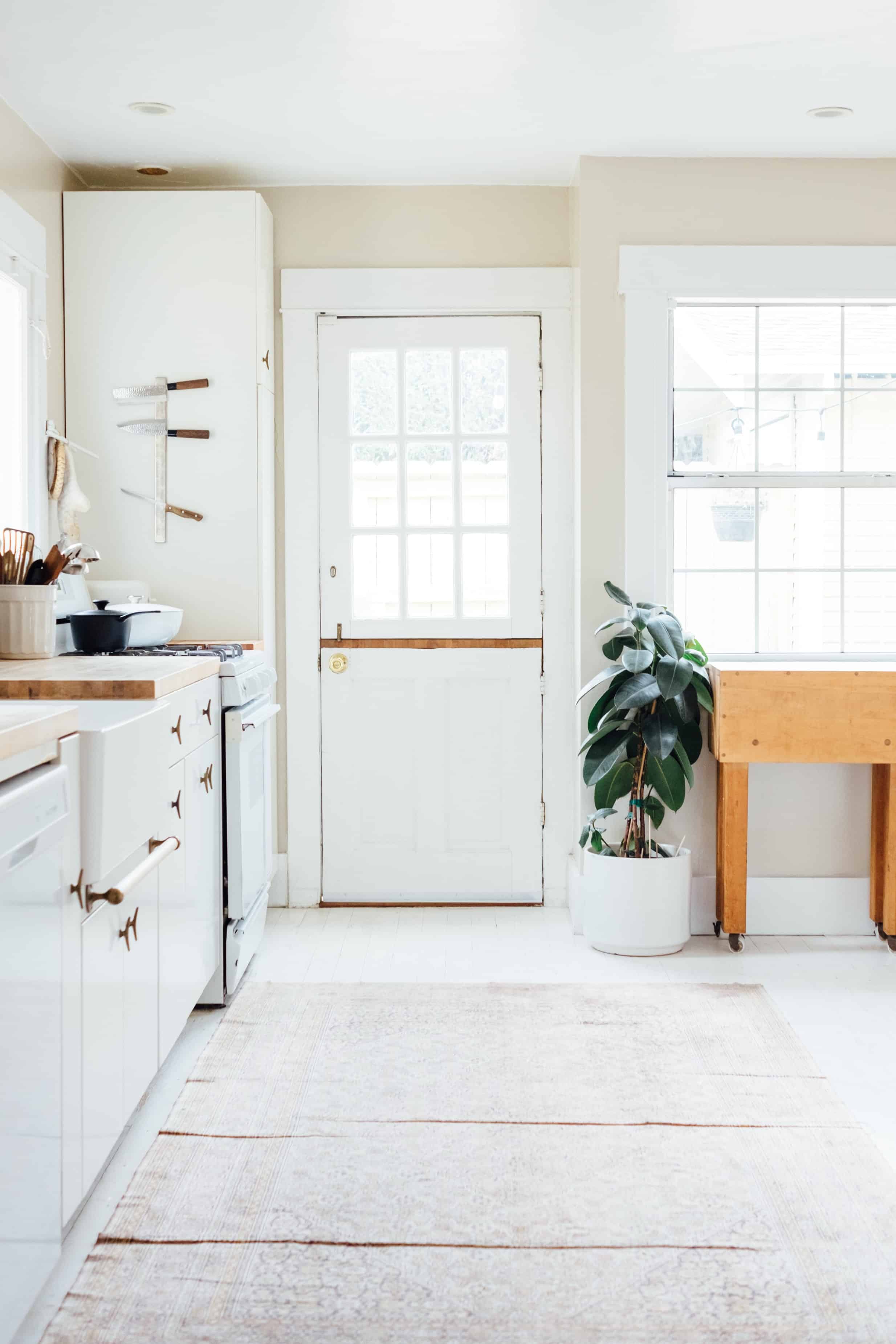
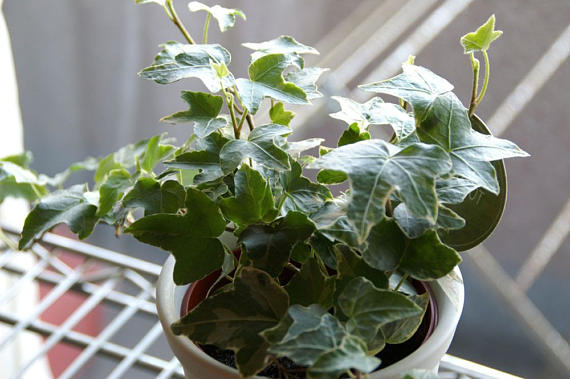
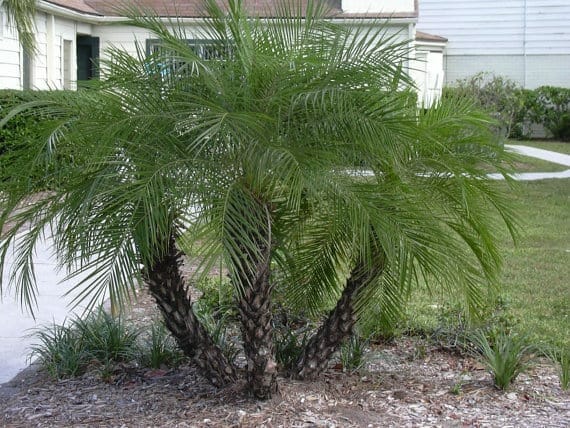
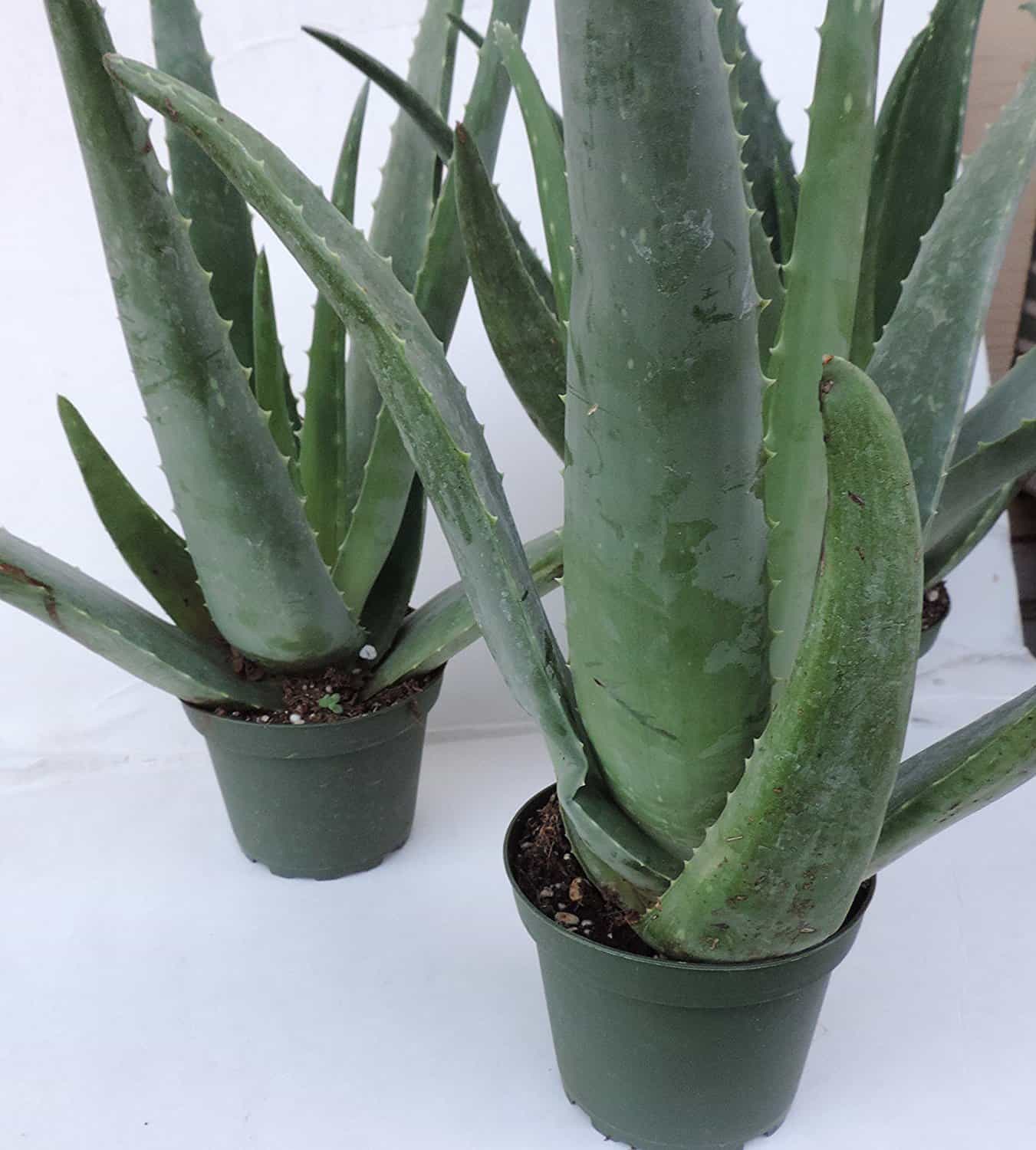
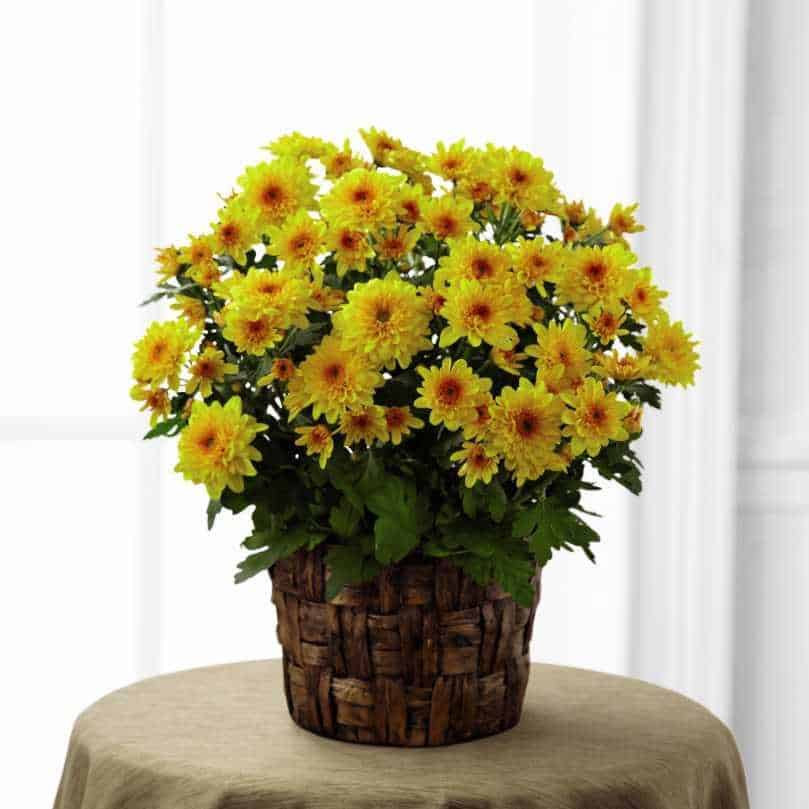
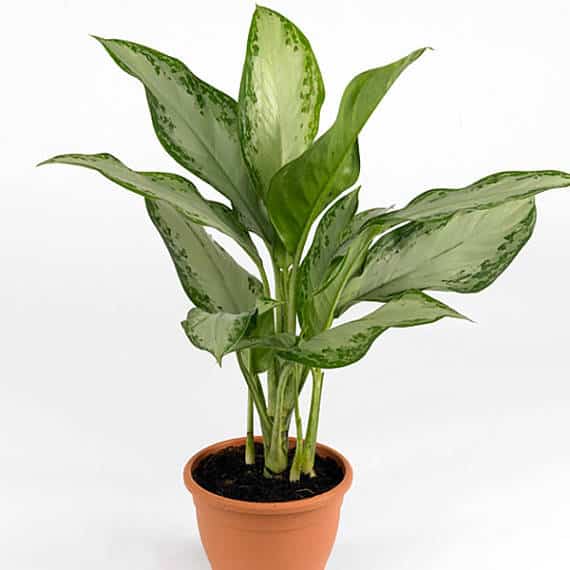


This article was everything i needed and guess what? I already have 60% of the plants outside so i just have to move them inside.😍